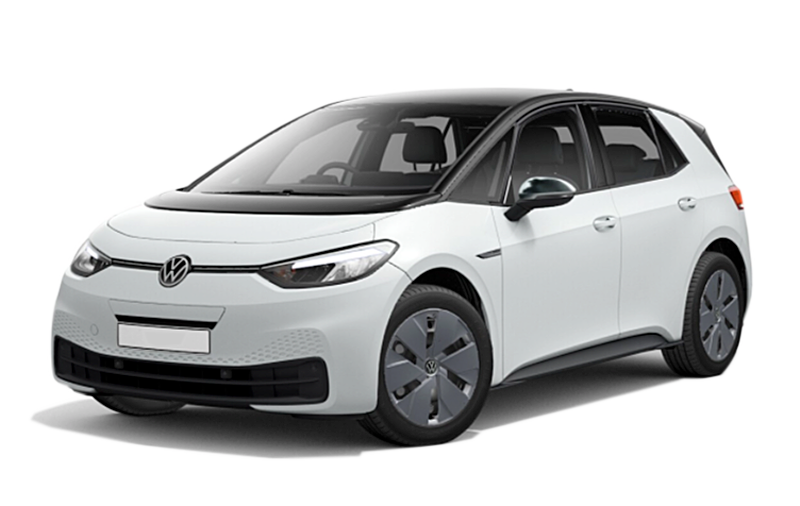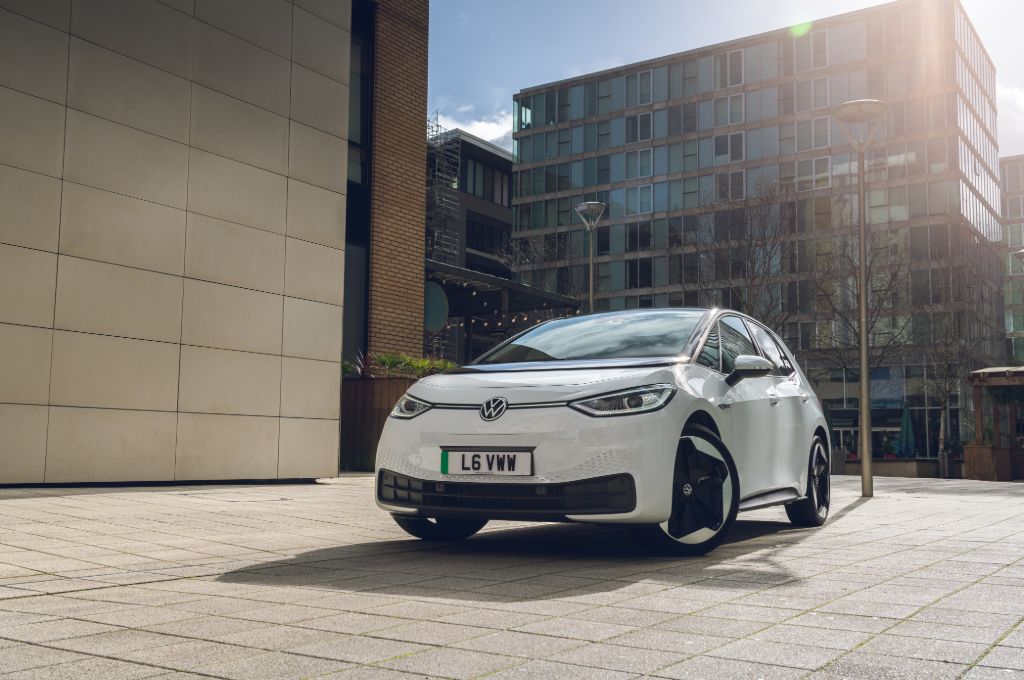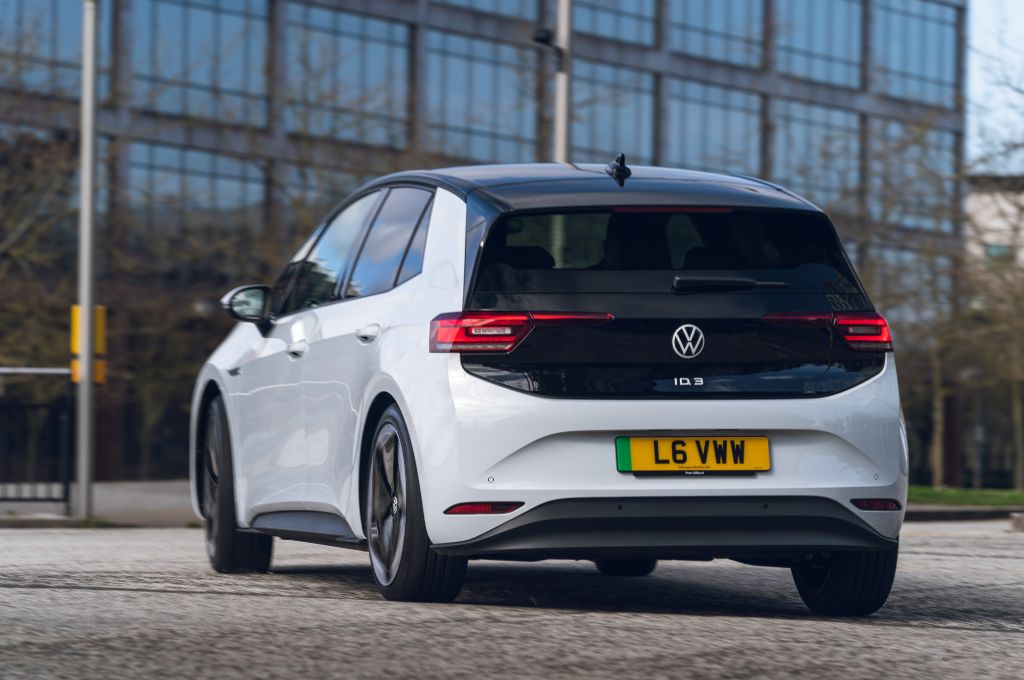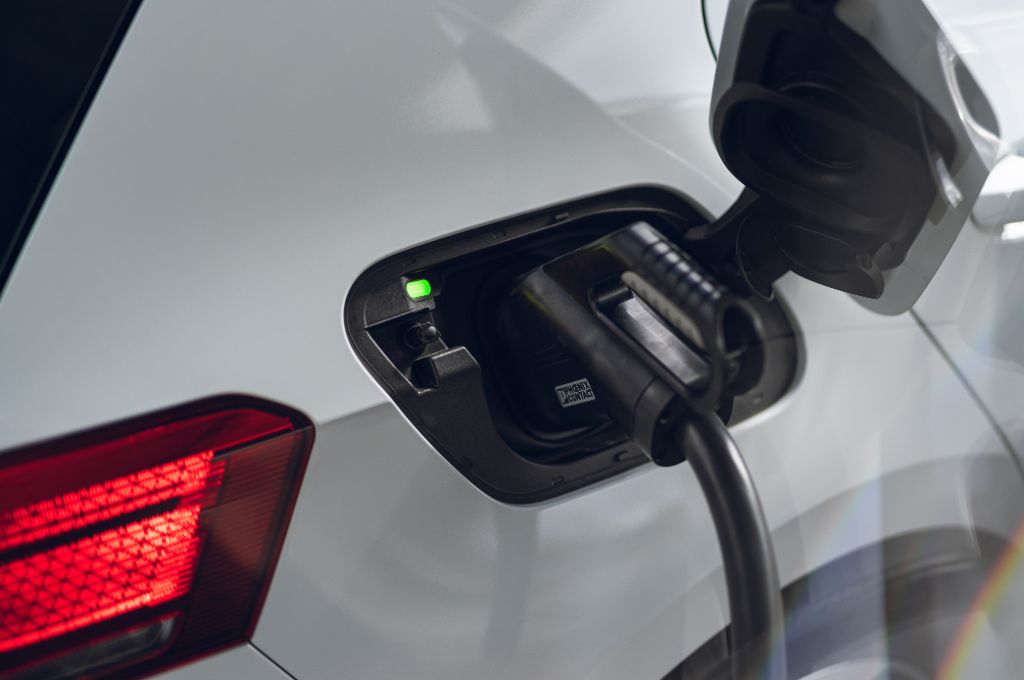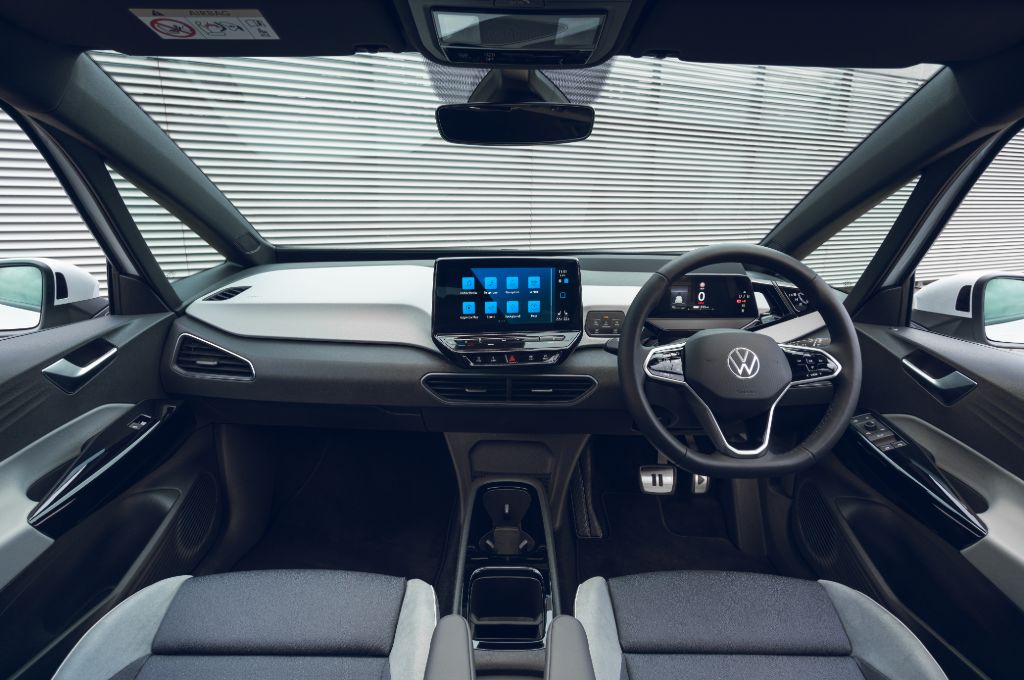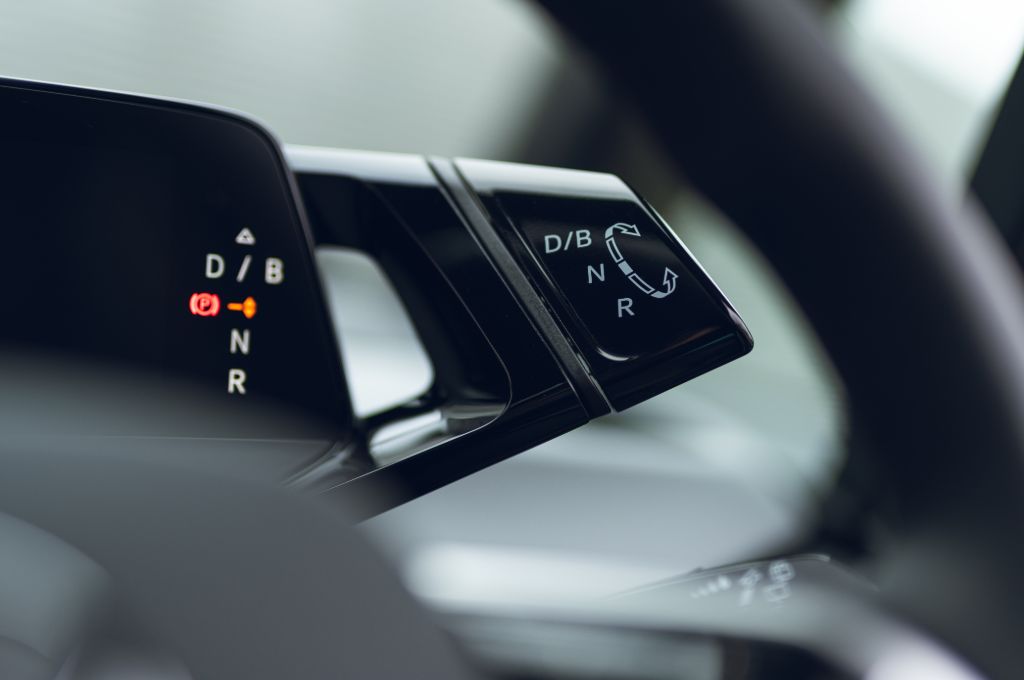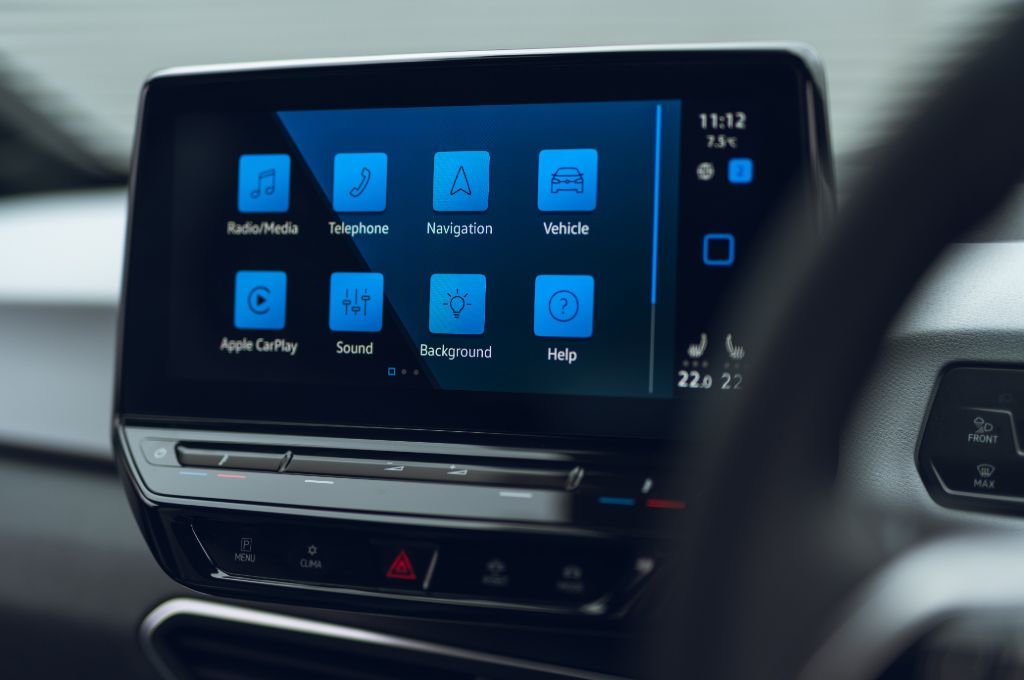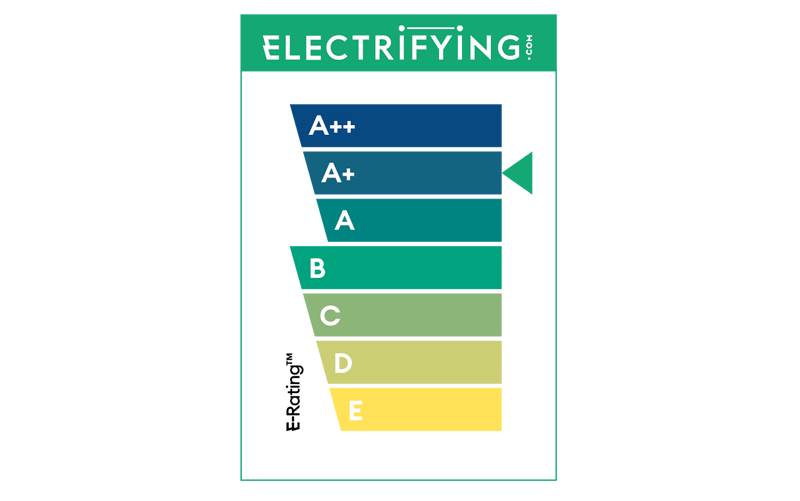Range
Volkswagen’s first serious attempt at a purpose-built electric car is as impressive as you’d expect. It has poured all of its engineering effort into making the car efficient, with the latest technology for the batteries and powertrain aiming to make it go further with less electricity.
It has worked too. Even the cheapest model with the smallest battery should stretch to more than 200 miles in ideal conditions and the top version could manage comfortably over 300 miles. The 58kWh model reviewed comes with two motor options - a 143bhp unit in the Pro models and a 201bhp unit in the Pro Performance models. Unless you really need the extra performance offered by the Pro Performance motor, we reckon the 143bhp motor is the best option. It has more than enough punch to make urban driving fun and it can more than hold its own on A-roads and motorways. The added advantage of the lower-powered motor is that it delivers a longer range. The official WLTP figure is 264 miles, and during our time with the car we managed a run of 220 miles from full to empty with long sections of motorway (200 miles driven with 20 showing as remaining). The more city roads in the mix, we'd be confident of getting pretty close to the official figure.
Battery
The ID.3 launched in the UK with just one battery option and one trim level: 58kWh First. Now, there are three batteries and an array of trim grades and option packs to choose from. The 58kWh battery offered in the Pro and Pro Performance models is the same as the one that appeared in the launch models, and strikes a decent balance between cost, performance and range. If you're looking for a cheaper option, Volkswagen can offer you a 45kWh model with a WLTP range of 216 miles, and if you need a longer range there's a 77kWh version that comes with a WLTP range of 340 miles. All ID.3 models have battery heating and cooling management systems (unlike some rivals at this price point), so the longevity of the battery pack is likely to be very good.
The structure of the ID.3's battery pretty clever. Engineers have nicknamed it a chocolate bar as it has layers that look a little like a KitKat. Unlike chocolate though, it helps keep the weight low and it’s more compact than other electric car batteries too. Volkswagen also claim that the structure and chemistry will mean it doesn’t degrade as quickly as other batteries. As a result, they guarantee it for eight years and say it should last the lifetime of the car. This isn’t necessarily true for other EVs, as the cells degrade over time and mileage.
Charging
As you might expect from a brand-new car which has been designed from the ground up, Volkswagen has made the ID.3 as ‘future-proof’ as possible when it comes to charging technology. Maximum charging speeds vary by battery size, but the 58kWh model can take a DC charge at a maximum rate of 120kW, which is higher than many of its rivals, such as the Nissan LEAF can manage at the moment. On a 50kW rapid charger, the ID.3 58kWh can charge from 10-80% in just over an hour. Find a faster 150kW unit and that figure halves to just 30 minutes. If you're charging at home on a standard 7kW wallbox, a charge from empty to full will take just over 9 hours.











